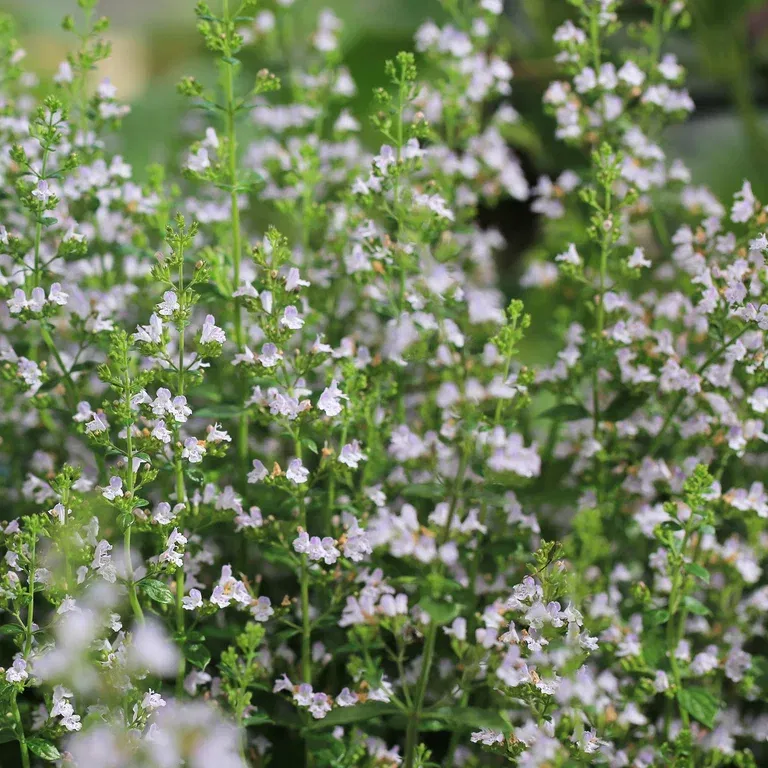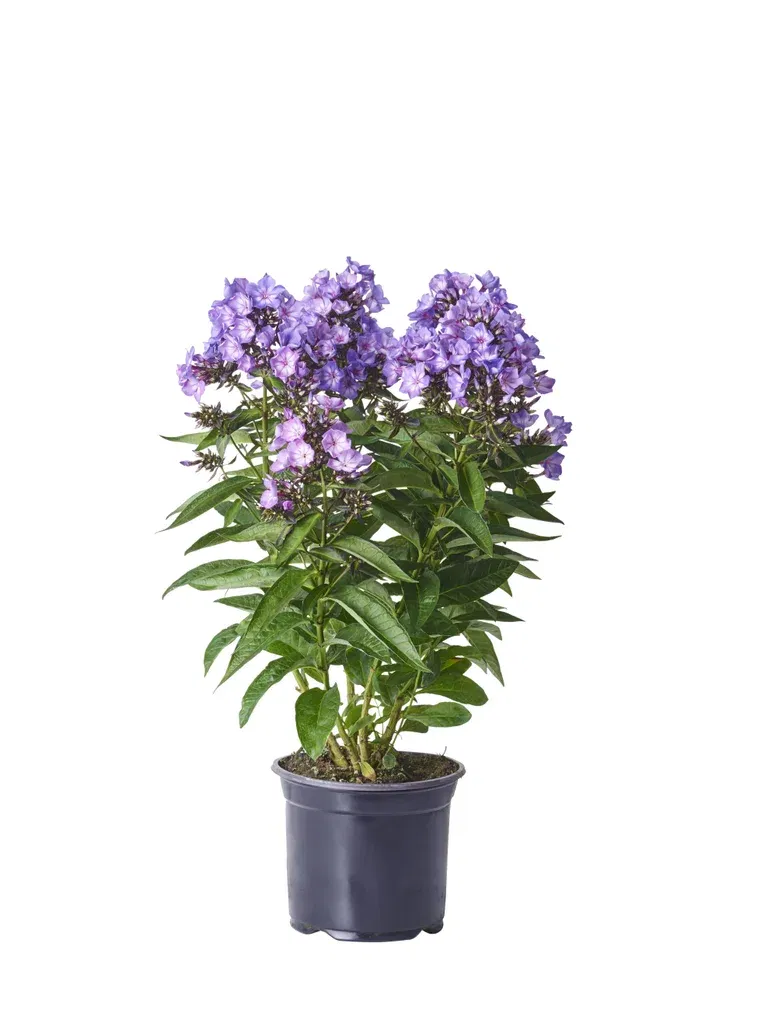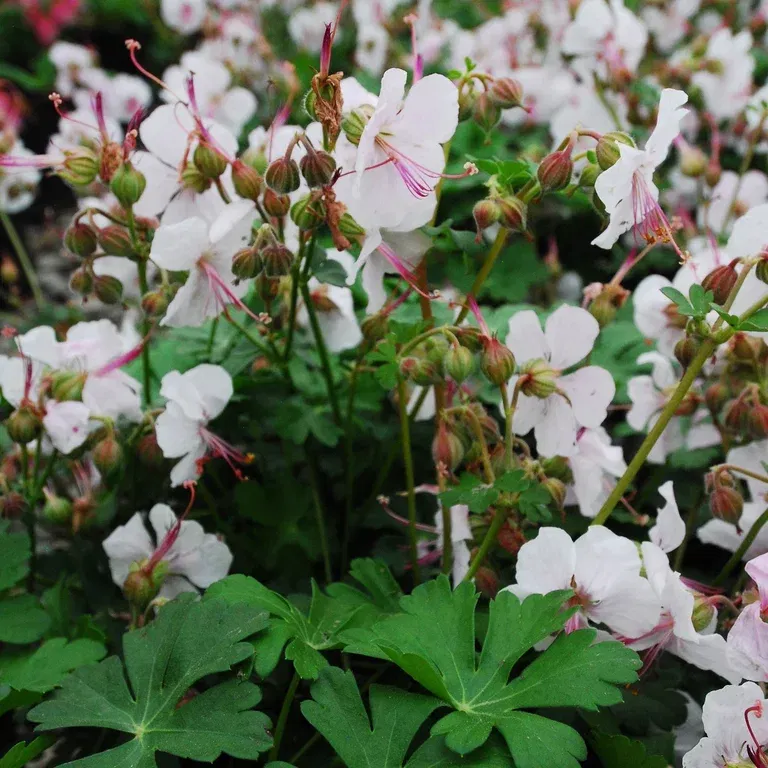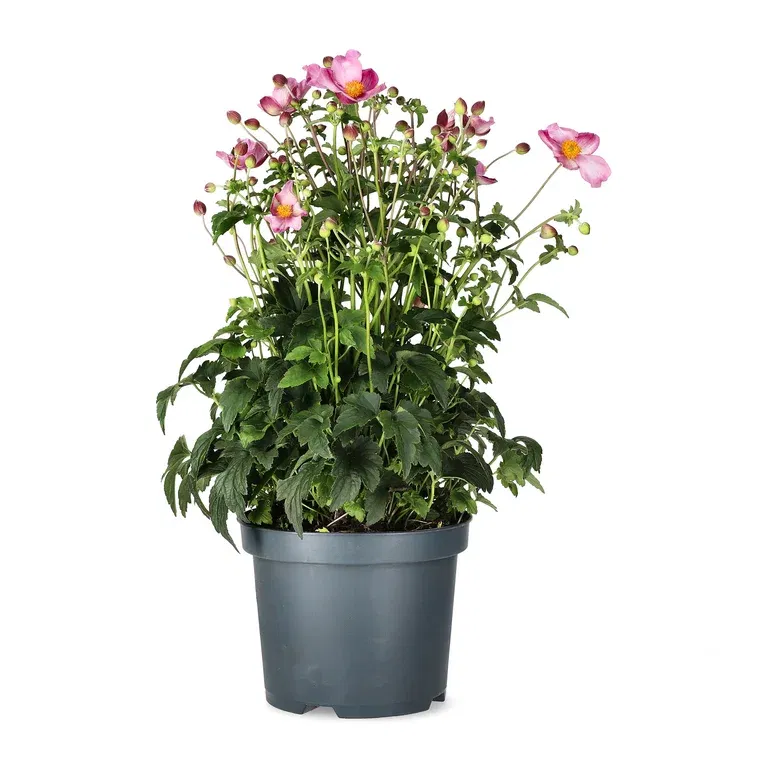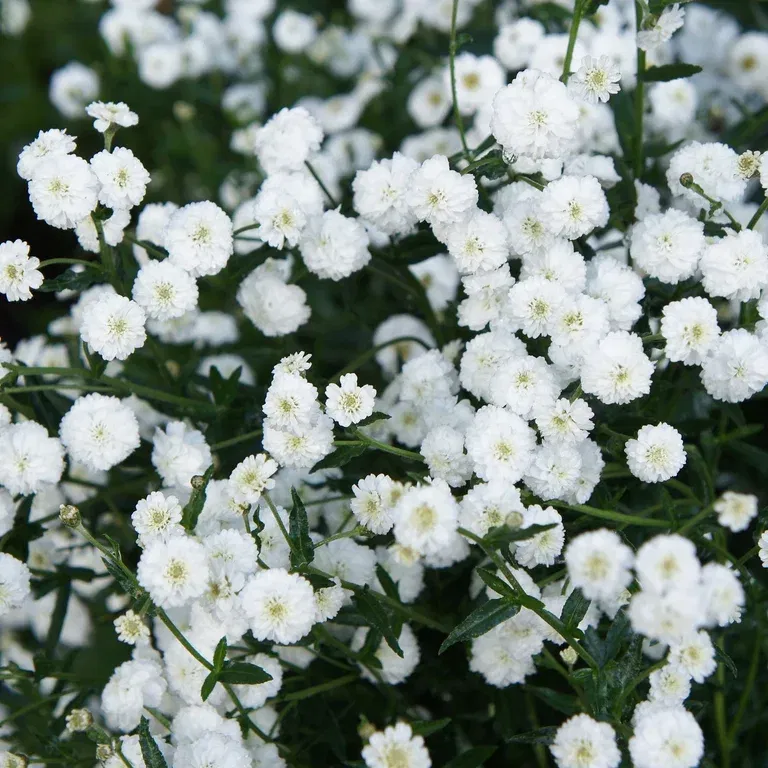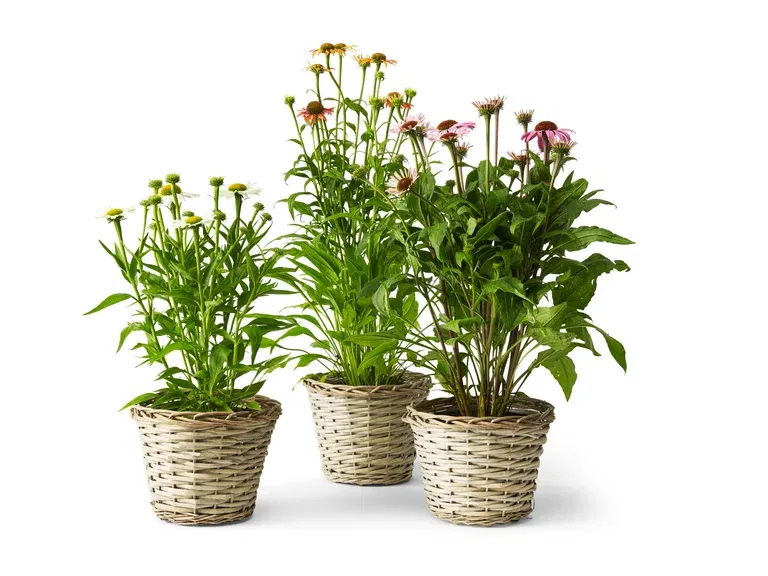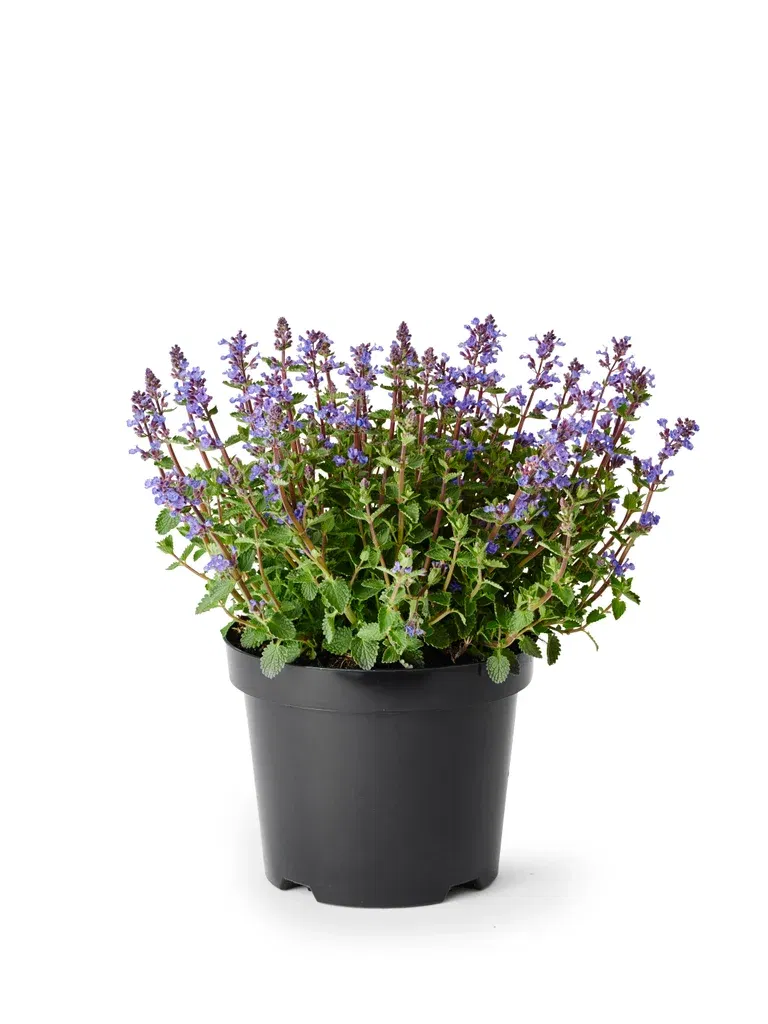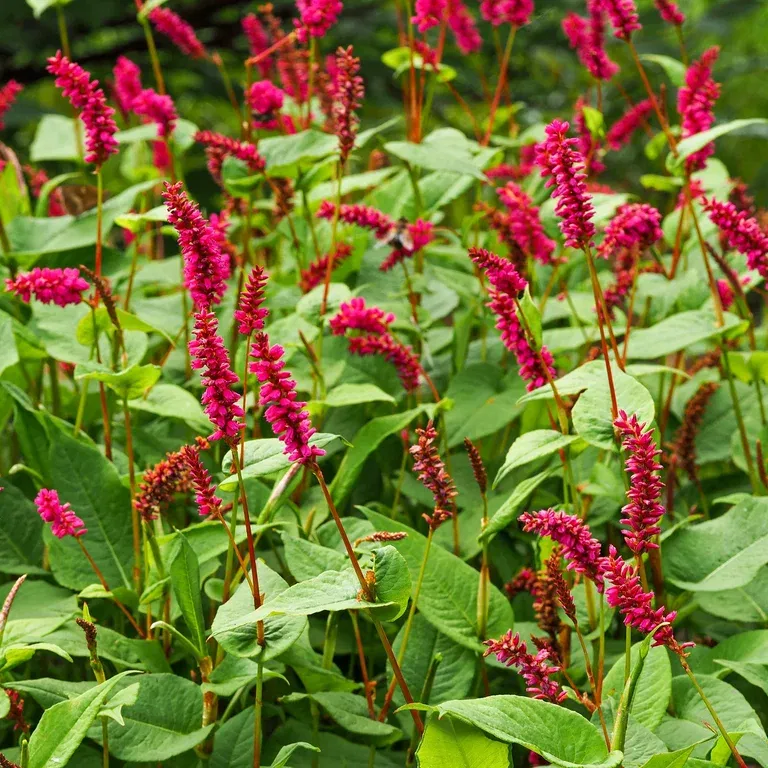Flower beds – Four ready-made designs with plant suggestions
Outdoor plants and garden
Summer
Here we explain how to create a flower bed and give you concrete suggestions for beautiful combinations for flower beds in sun, partial shade, and shade.





Written by Liselotte Roll
Swedish garden inspirer, journalist and author of books about nature, cultivation and animals, such as "Soil", "Grow for insects" and "Chickens as a hobby".
Topics:
Outdoor plants and garden
Summer





